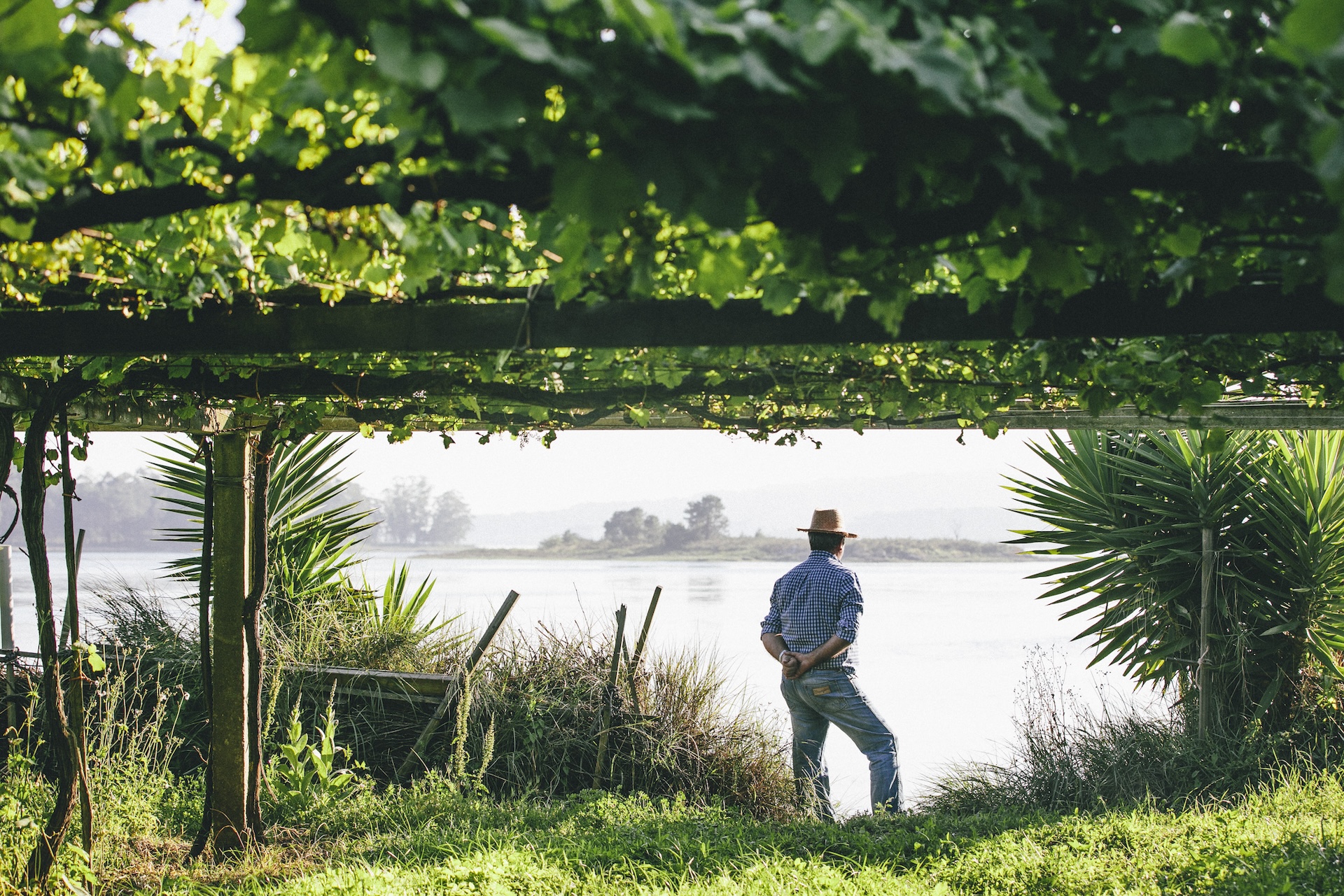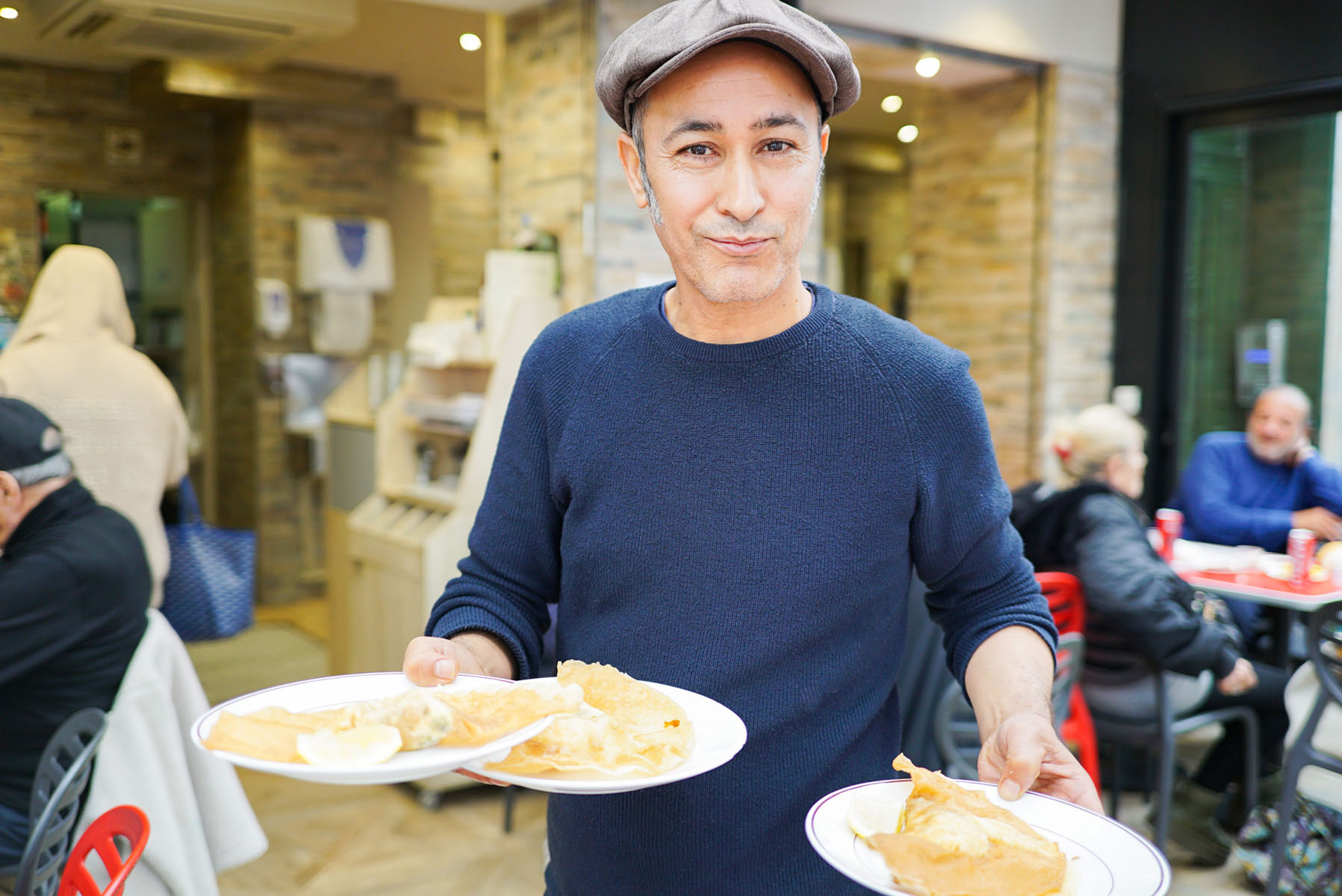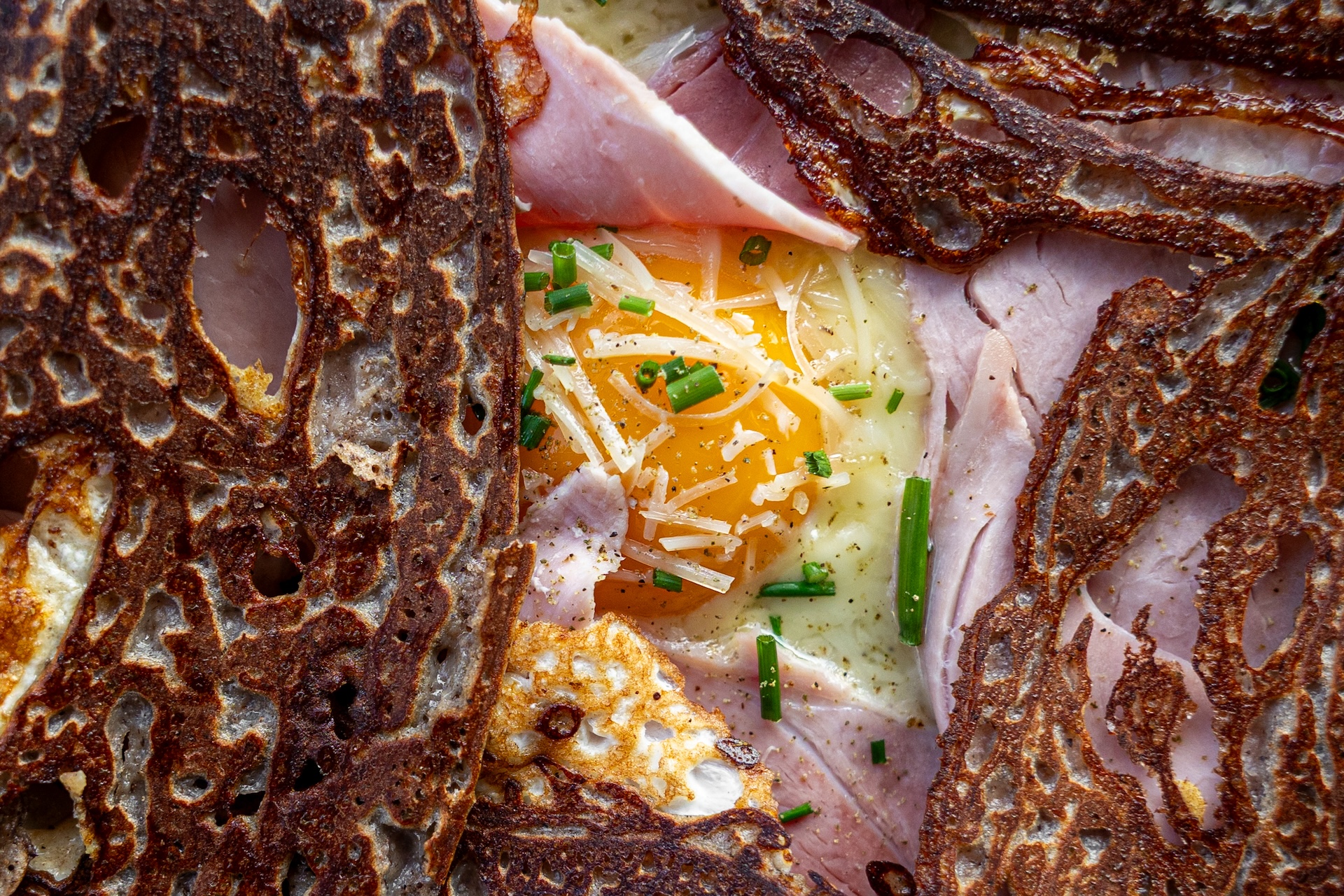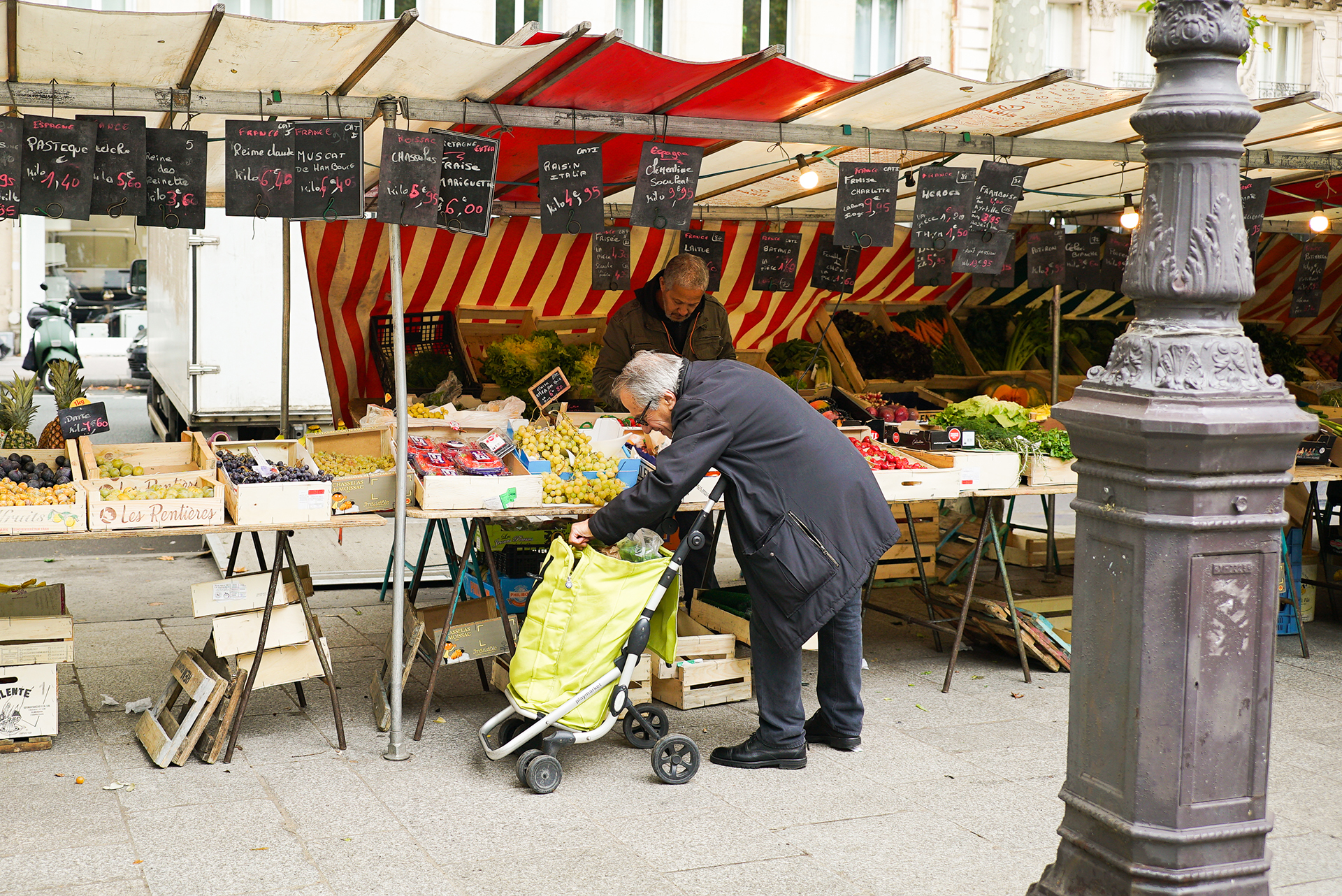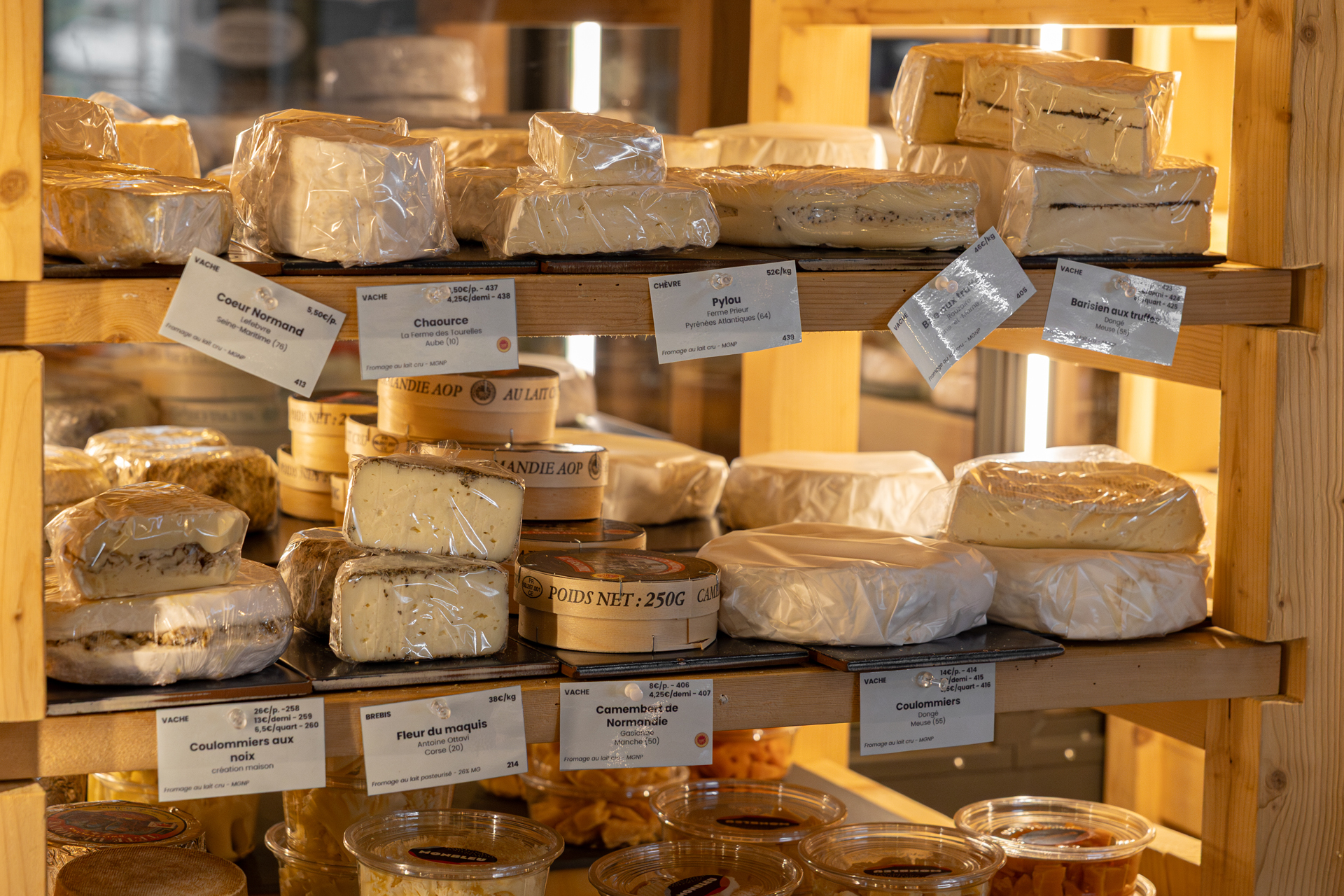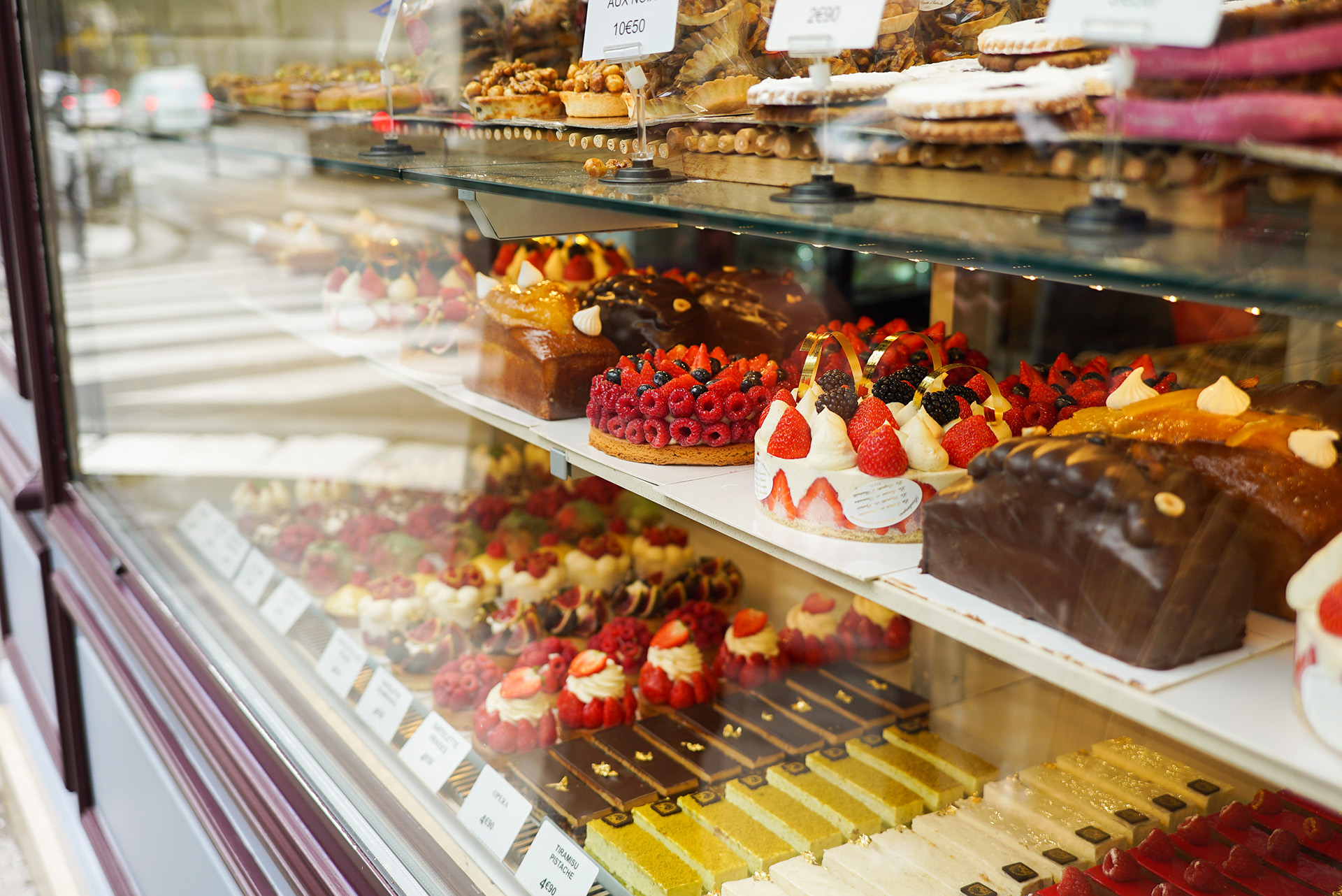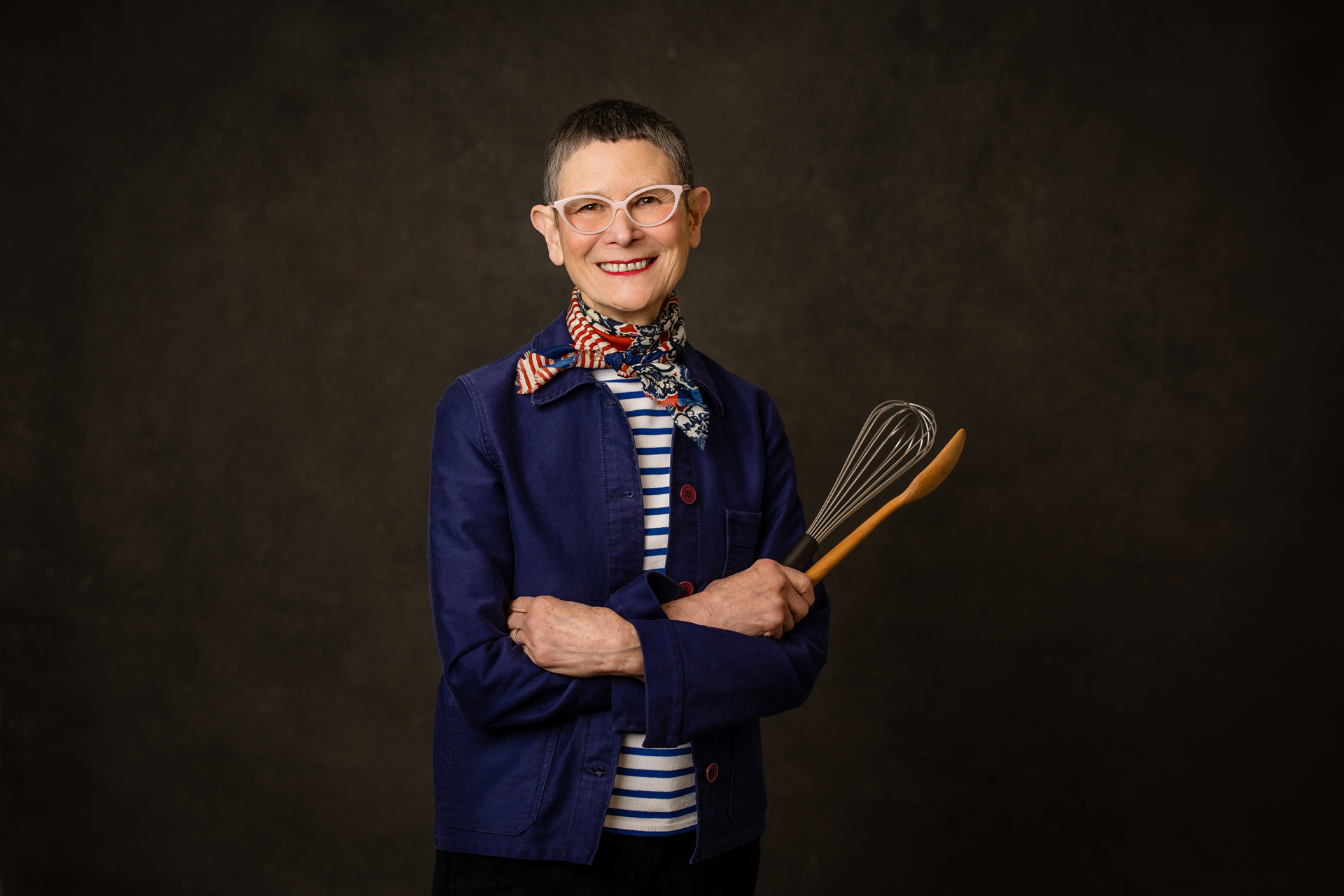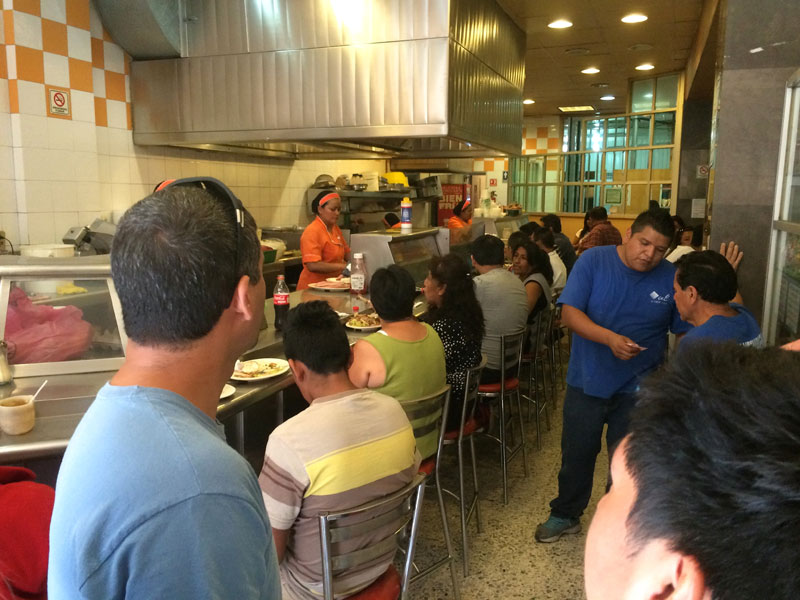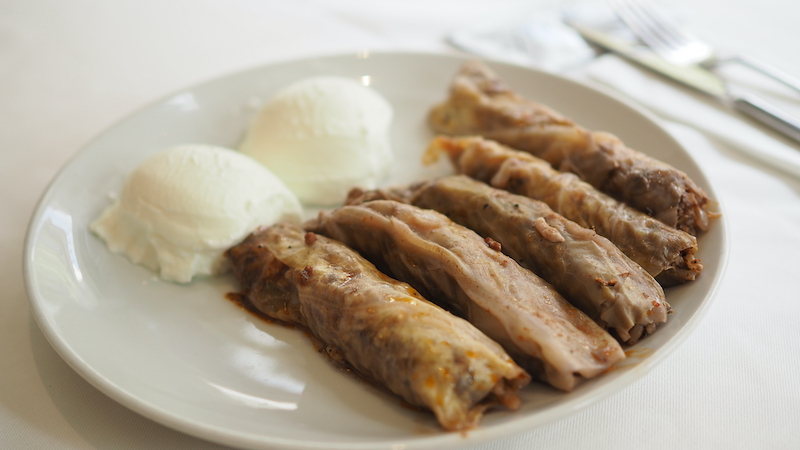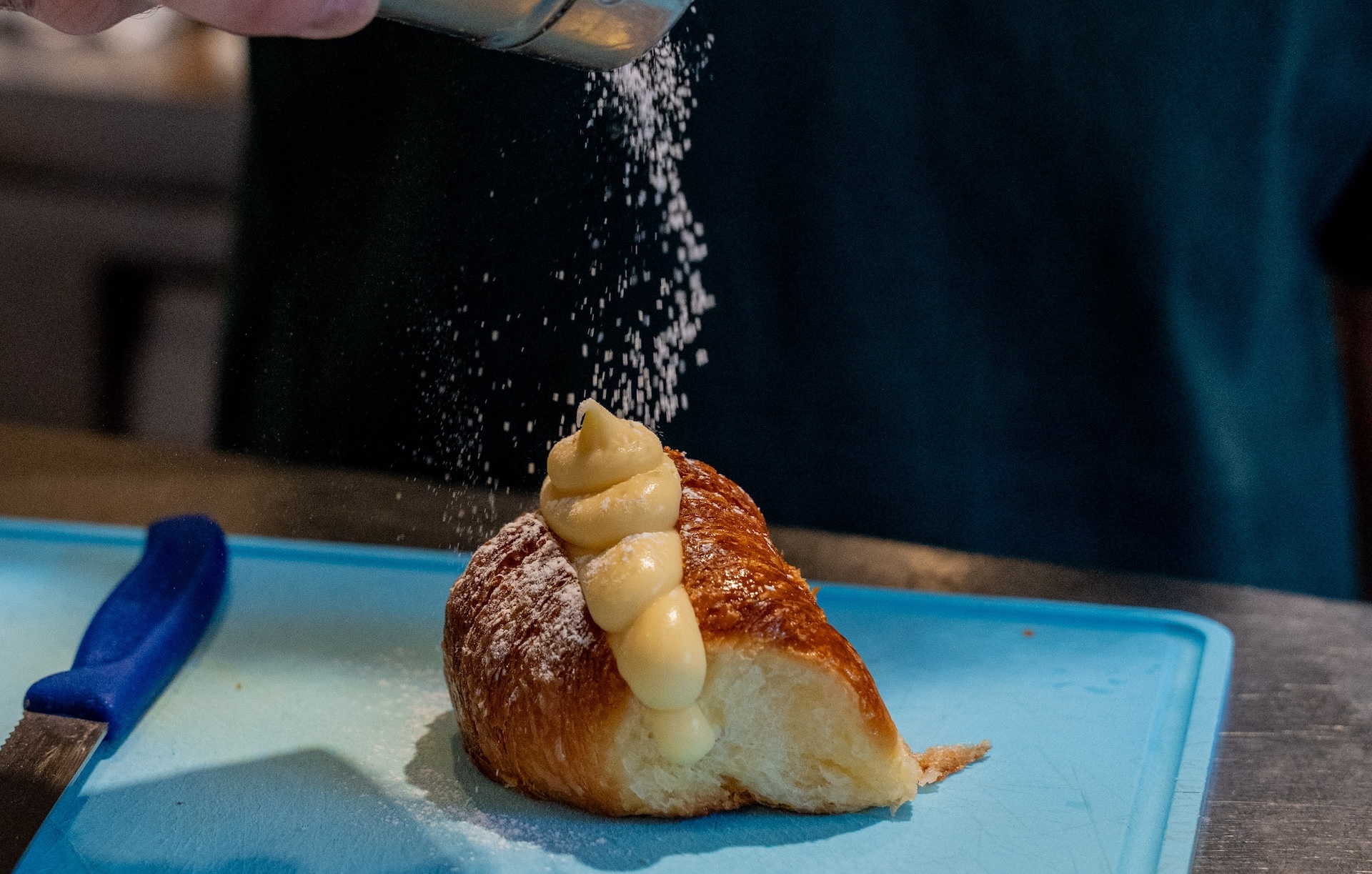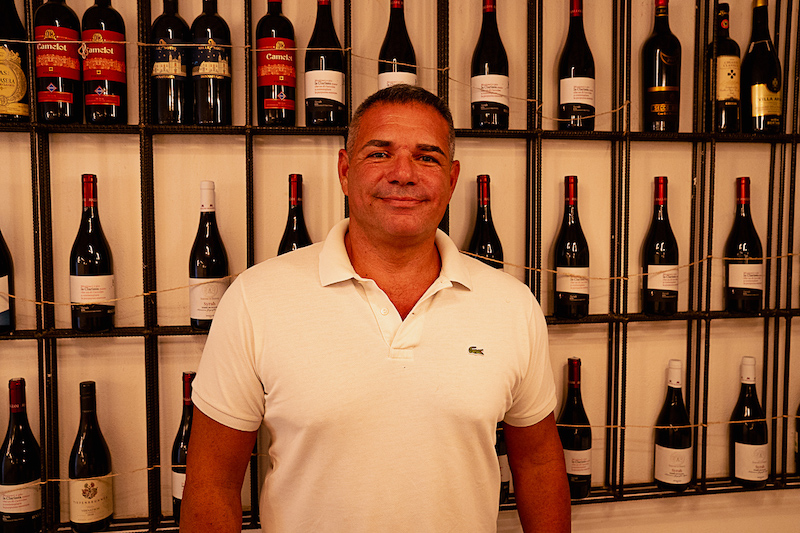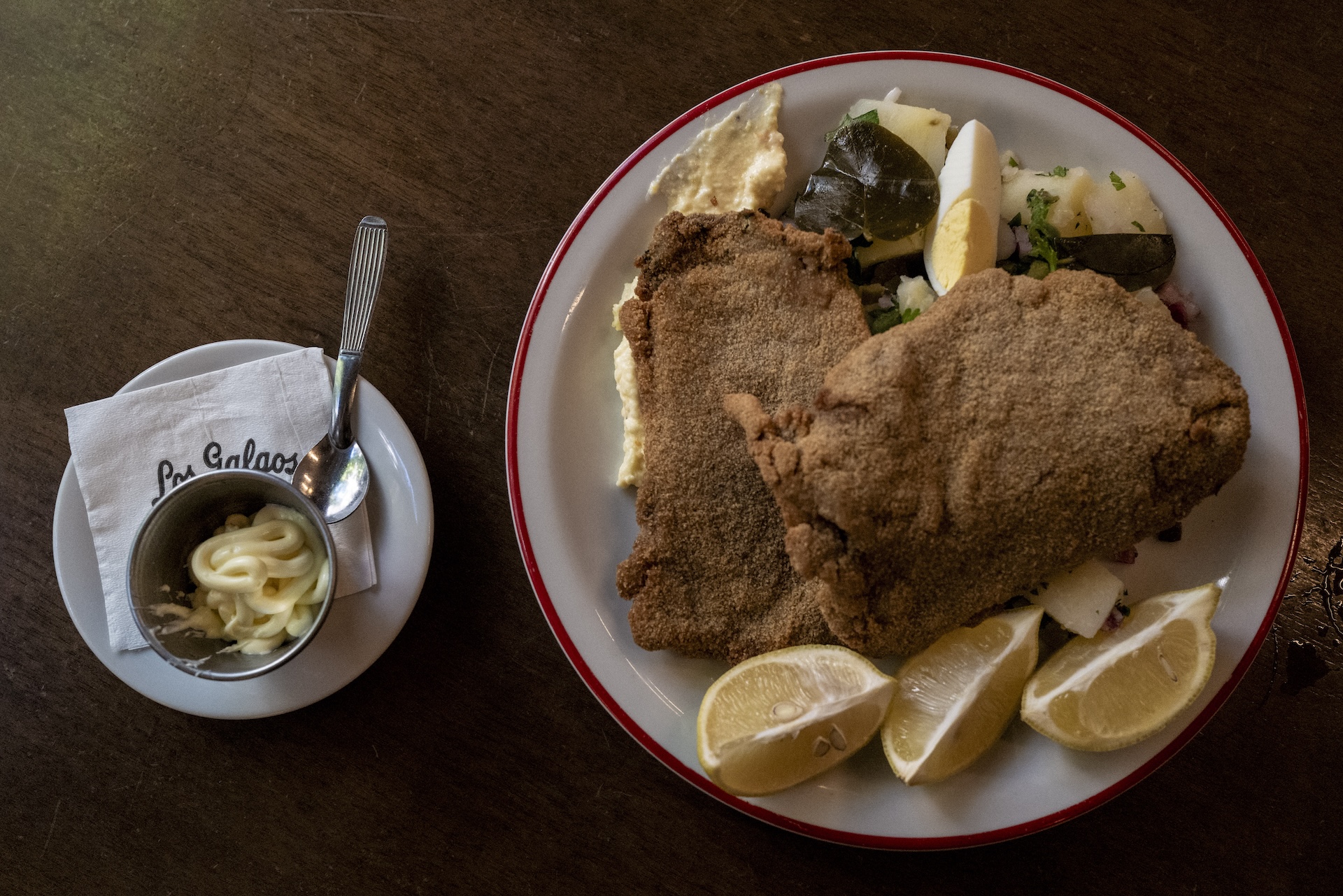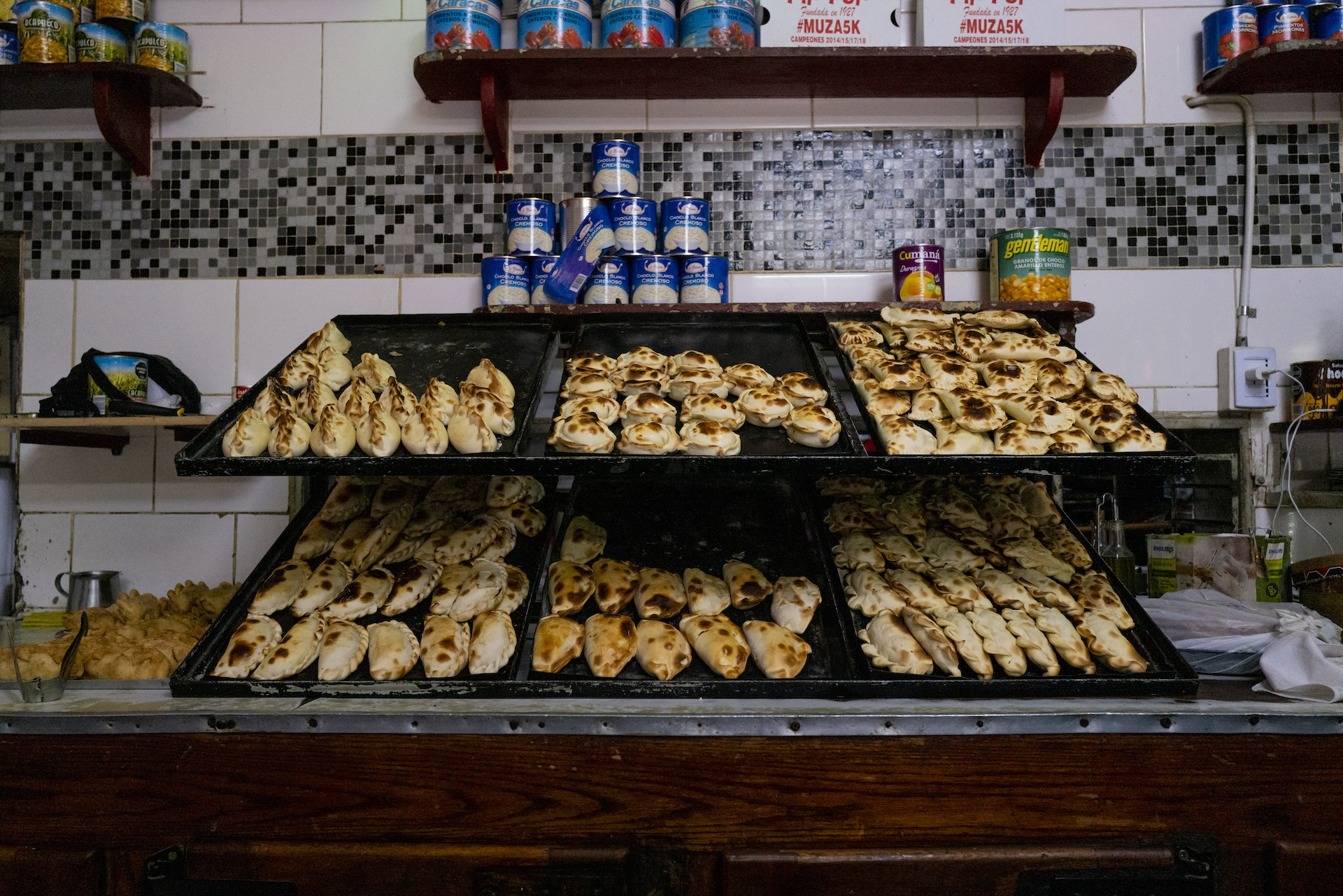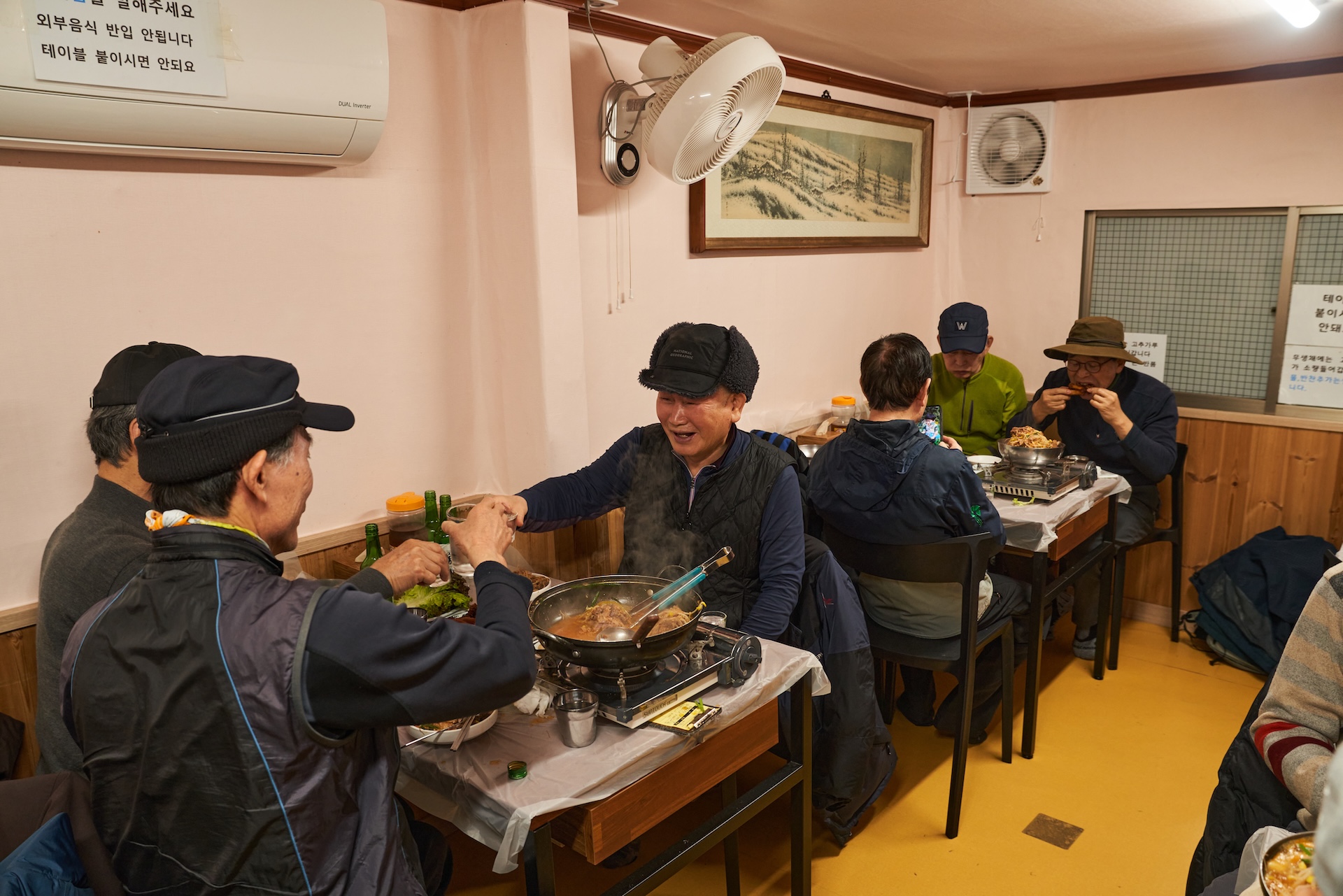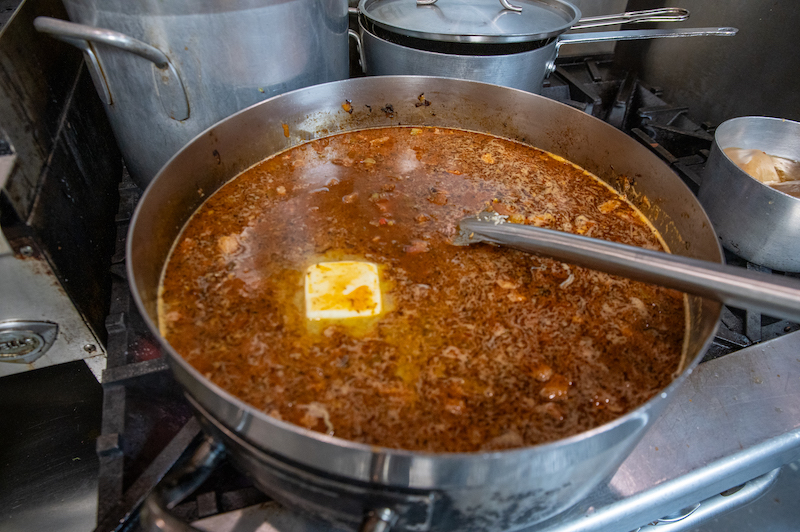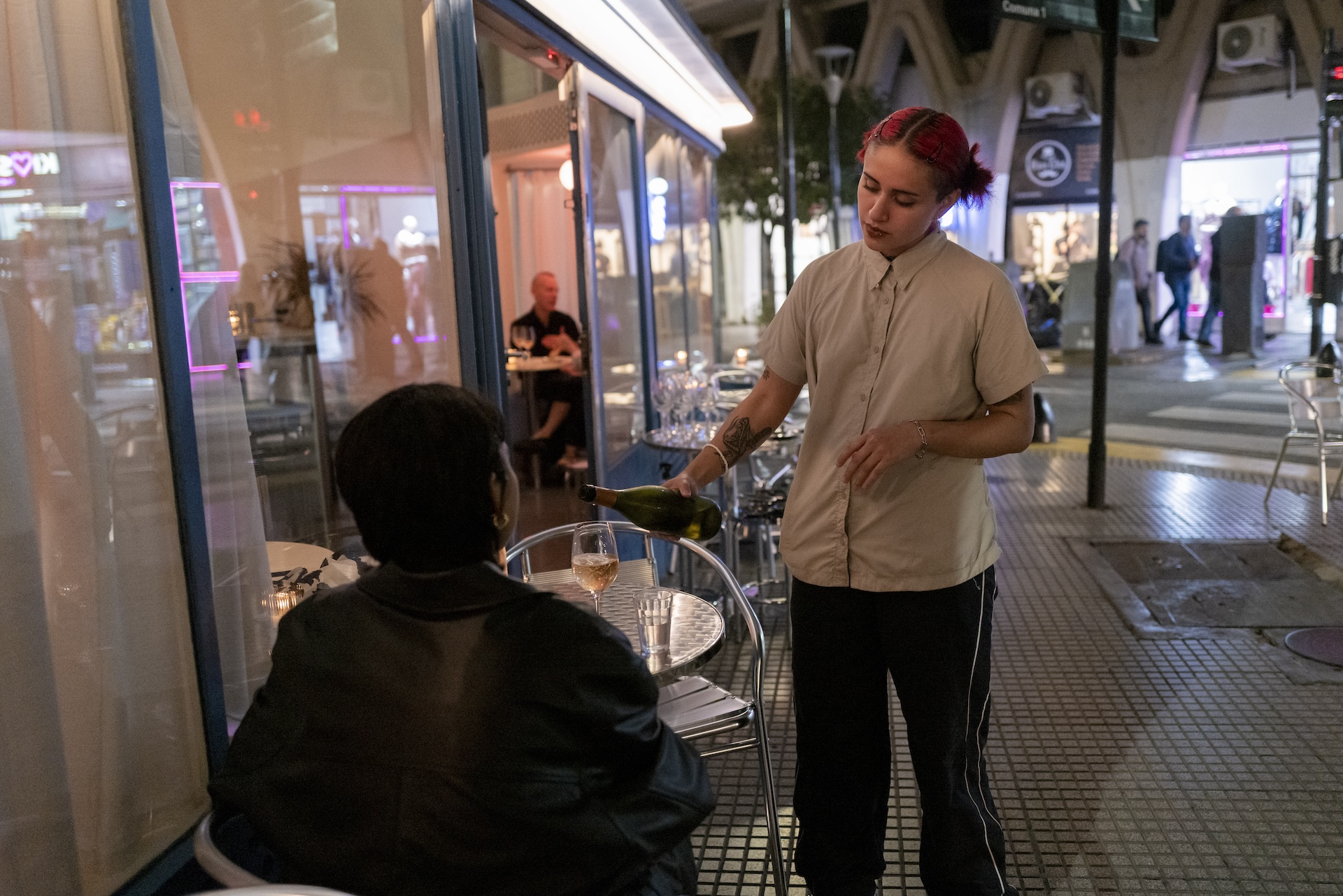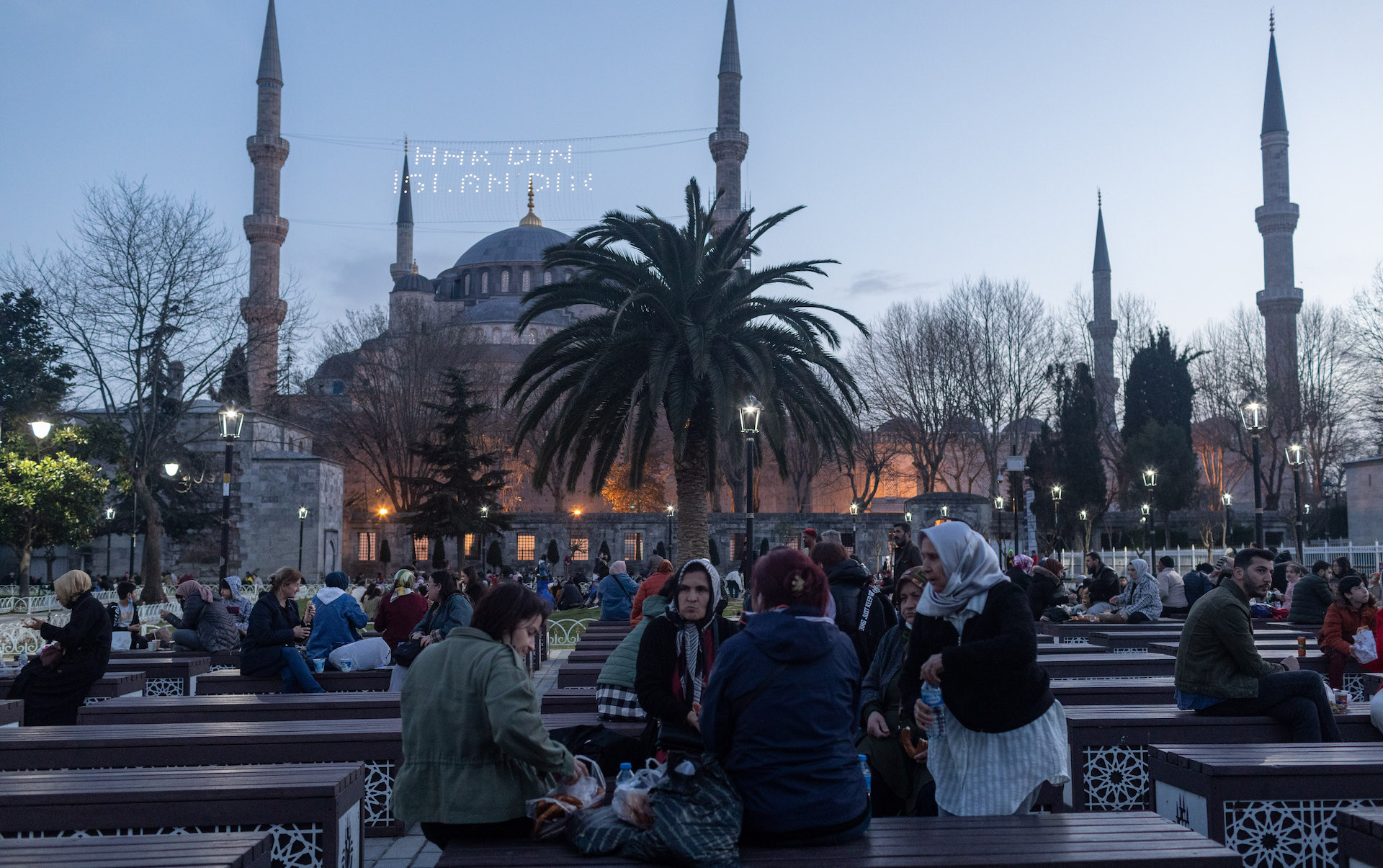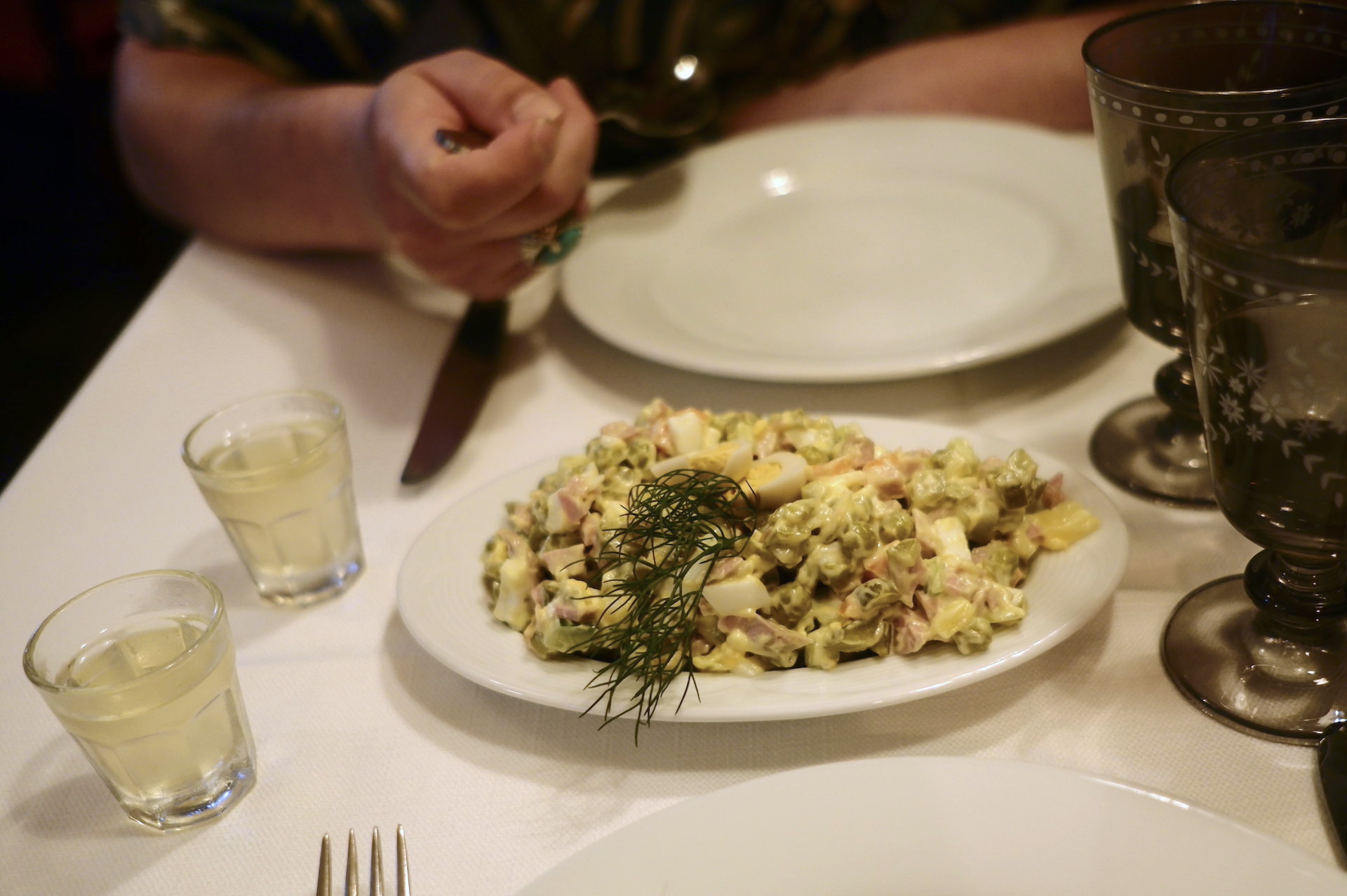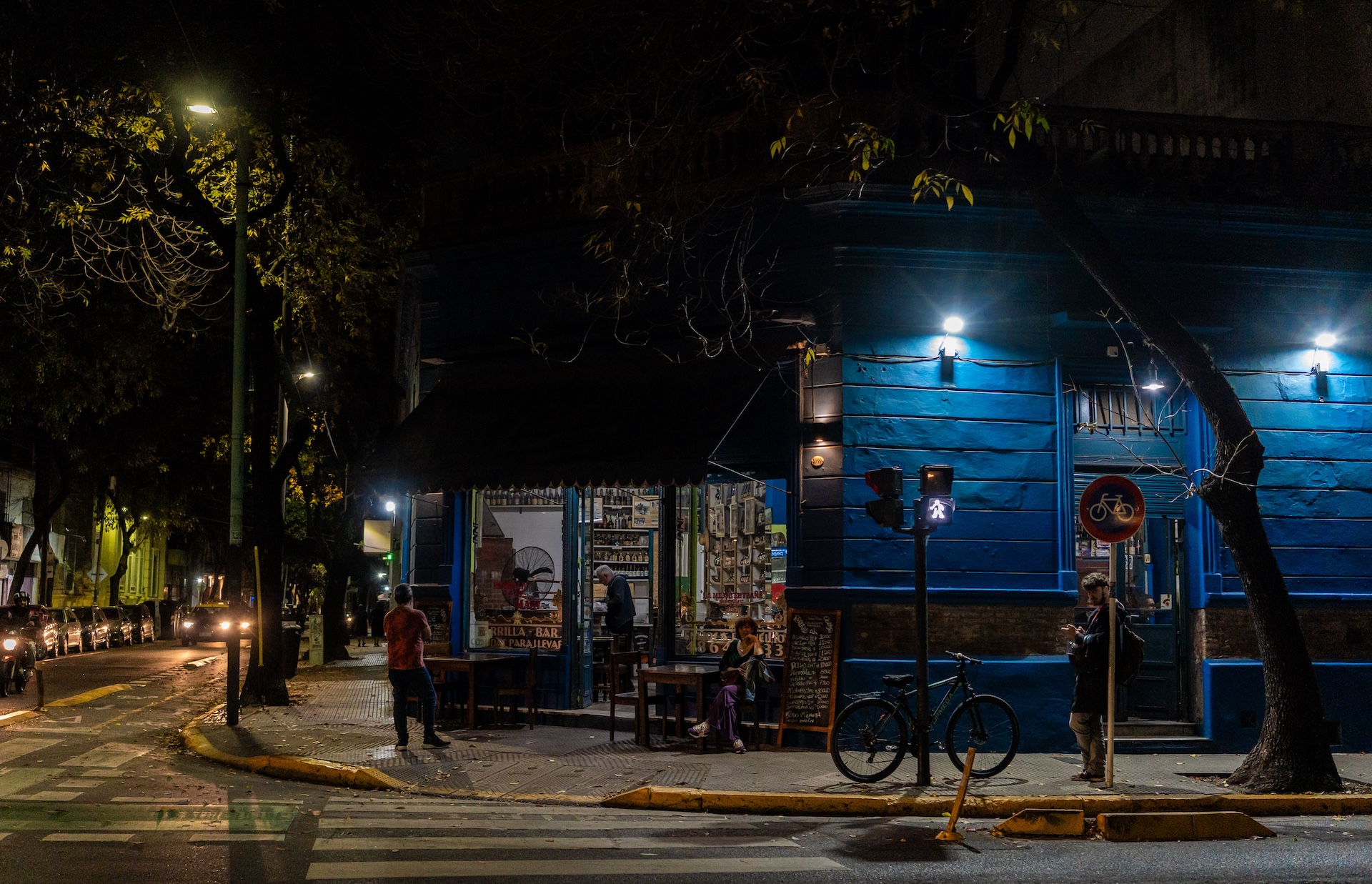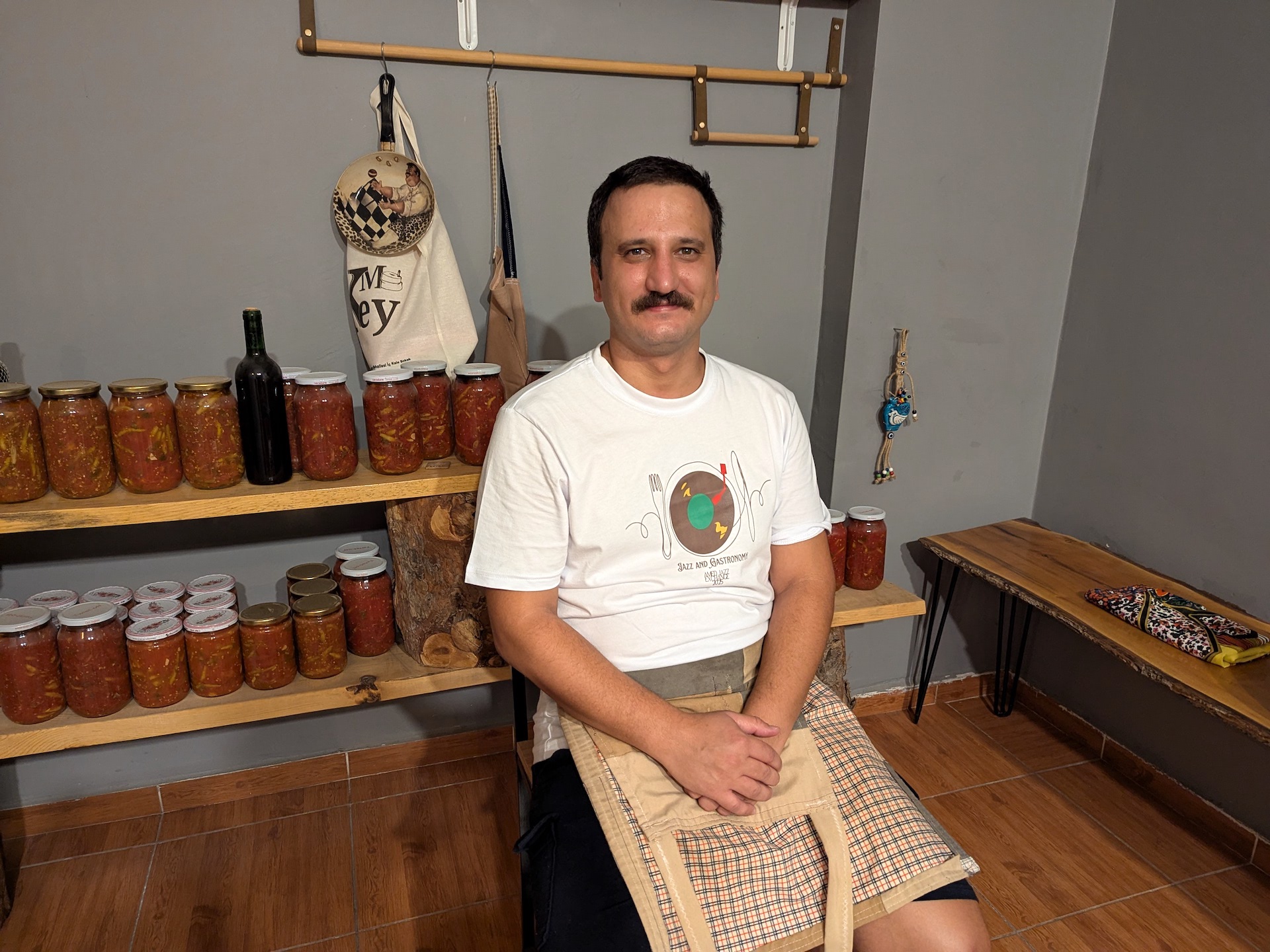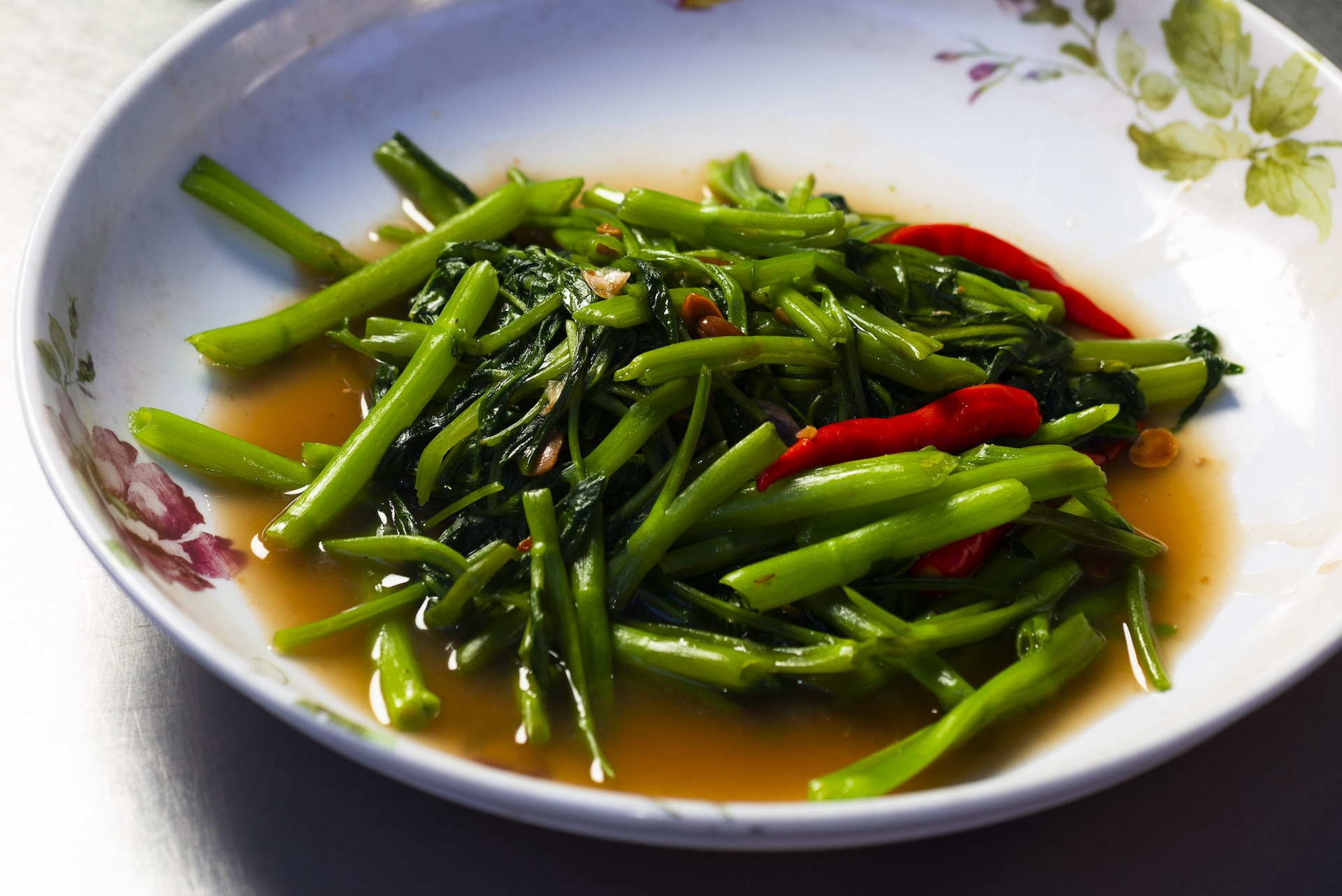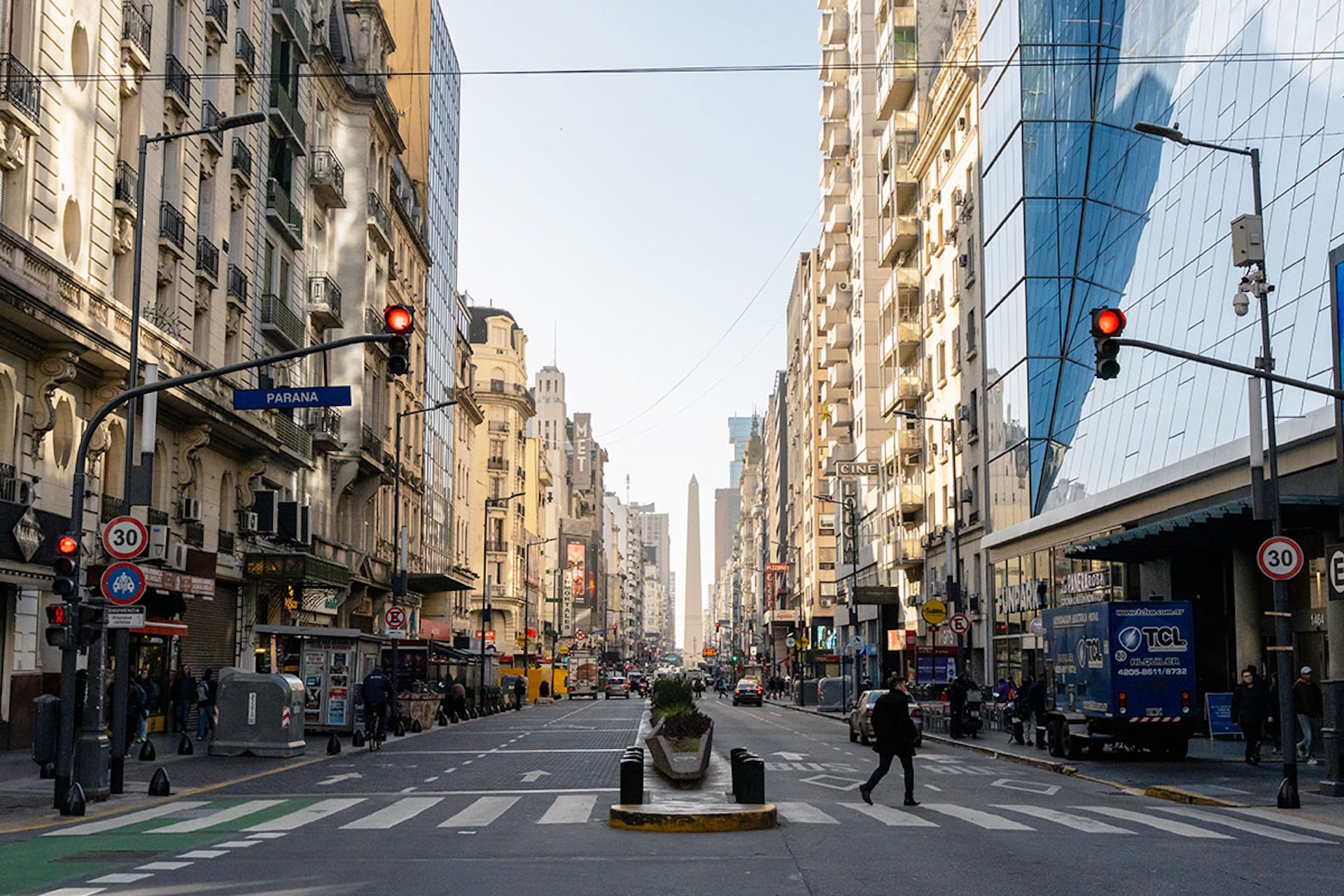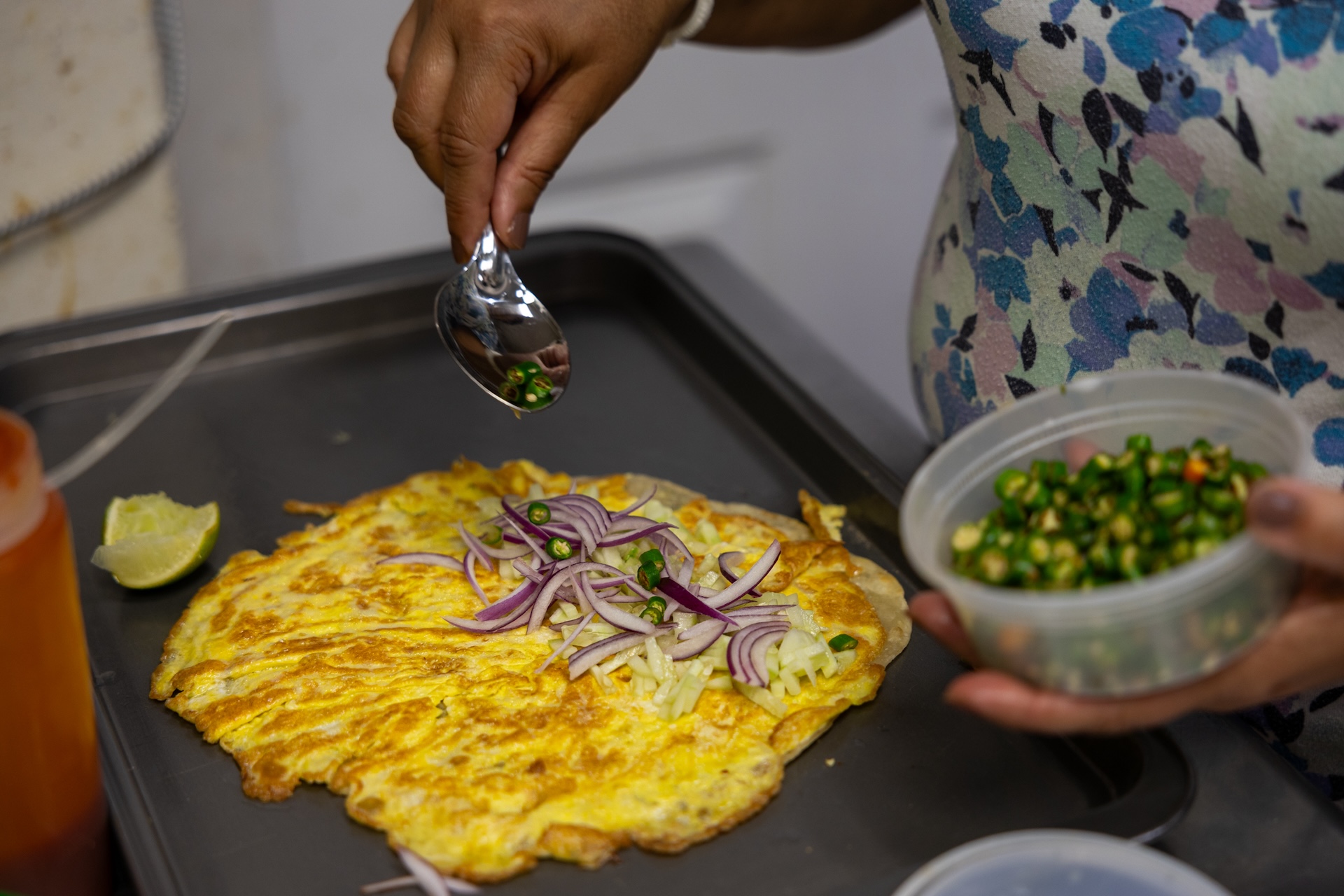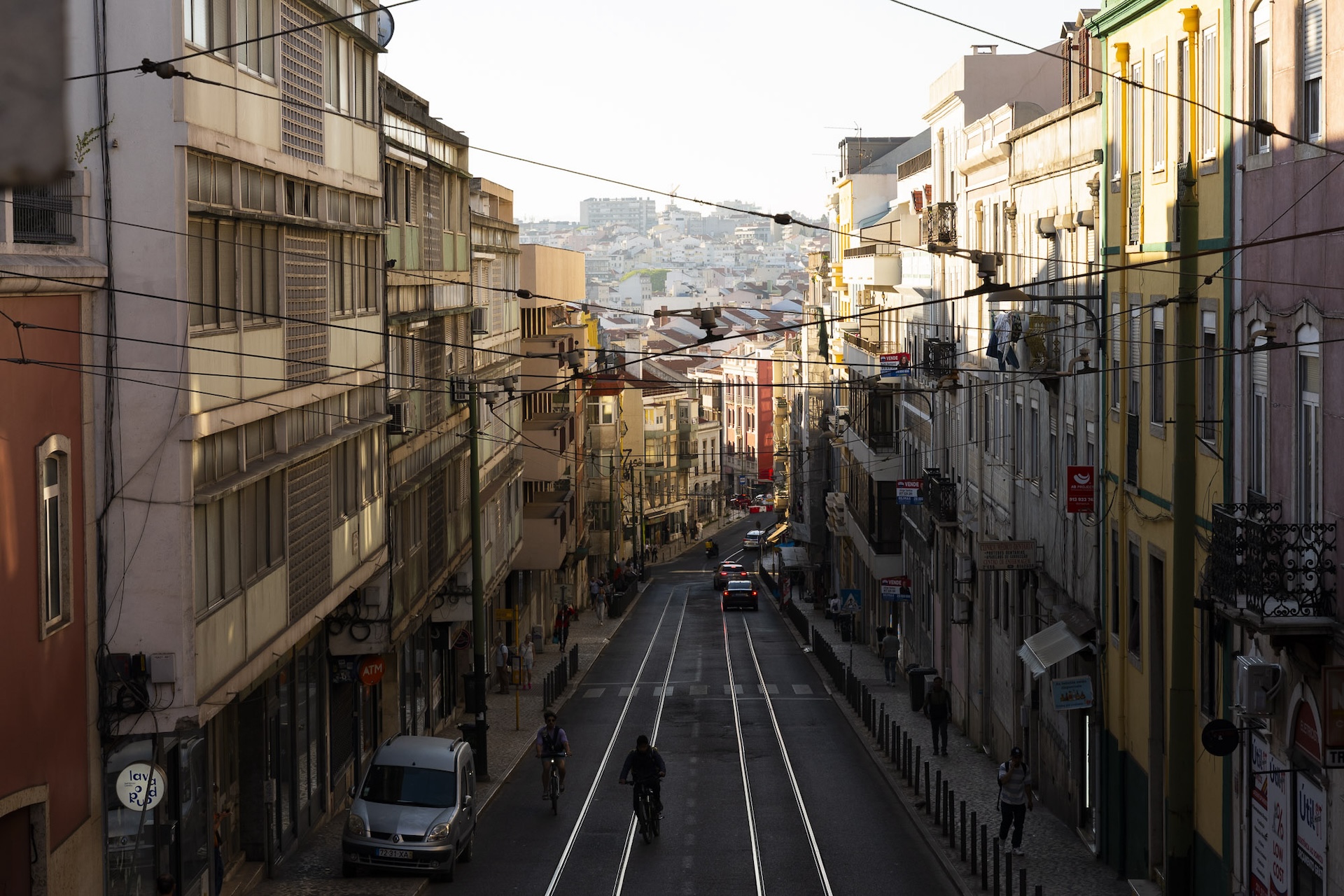We can't find the internet
Attempting to reconnect
Something went wrong!
Hang in there while we get back on track
Search results for
Mexico City
Time for Tamales: A Day of the Dead Tradition
Día de Muertos brings many delights to the senses: the bright orange hues of marigolds filling the streets; the unmistakable scent of freshly baked pan de muerto as we step into a bakery. But the Day of the Dead also brings the comforting softness and many iterations of tamales – a treat that many of us quickly associate with Día de la Candelaria in February, but which are also a tradition of this beloved fall holiday.
Read moreOaxaca
Sopa de Guías: Oaxaca’s Rainy Season Soup
In early fall, Oaxaca’s landscapes are a study in green. Walking through the city’s colonial center, tall trees’ crowns explode in verdant glory, while vistas in the countryside are even more impressive, boasting an array of variegated grasses, deeply colored agaves, and, of course, stalk upon stalk of corn, heavy with plenty of ears of the country’s most prized aliment. It’s the end of the rainy season here in this southwestern state, the humid period that typically runs from June until October. And after a disappointingly dry season last year, farmers and home growers across the region are celebrating the success of their milpa, the ancient, complementary agricultural system of corn, beans, squashes, and wild and domesticated greens growing all together in interdependent and symbiotic harmony.
Read moreMexico City
Bread of the Dead: Jamaica Market’s Pop-Up Pan de Muerto Stands
“Caliente!” Juan calls out, and we all duck to avoid the steaming hot pan as it floats across the kitchen. He holds one side with a folded up towel, the other with a pair of pliers. Kitchen might be a bit of a misnomer. The small stall sits on the sidewalk, with a temporary tin roof overhead and brand new white tarps tied tightly to the back to protect against Mexico City’s afternoon thunderstorms. Each day for the three weeks leading up to Día de los Muertos, the Day of the Dead holiday, Tito Garcia, the stand’s owner, and the rest of the crew, will make hundreds of pan de muerto sweet rolls, as part of the Jamaica Market’s holiday romería.
Read moreBarcelona
Panellets for All Saints' Day: For Whom the Bell Sweetly Tolls
While Americans celebrate Halloween this week with M&Ms and Milk Duds, in Catalonia this time of the year is marked with a different, more sophisticated, kind of sweet. The small, round marzipan cookies called panellets are, along with roasted chestnuts and sweet wine, the traditional fare of All Saints’ Day, or Tots Sants in Catalan.
Read moreParis
Paris, State of the Stomach: Is the French capital the world’s most exciting food city?
Paris dining moves between nostalgia and reinvention. From bistros reborn as PMU-style bars to chefs blending Sri Lankan spice with French technique, the city’s appetite for both comfort and change keeps it the most exciting food capital on Earth.
Read moreParis
The Paris Cheese Hunt : Where modern cheese culture thrives
Once a ritual of fine dining, Paris’s gilded cheese carts have nearly vanished. But a new cheese culture, one that is smarter, smaller, and more dynamic, is redefining how Parisians indulge in their favorite dairy obsession.
Read moreParis
Scenes From Our Paris Food Tour: A Photo Essay
In Belleville, Paris tastes like home cooking and global exchange. This photo essay follows a morning in one of the city’s most dynamic neighborhoods — where buttery pastries meet Tunisian brik, Vietnamese banh mi, and the easy rhythm of daily life.
Read moreLos Angeles
El Rancho Grande: L.A. Legacy
At the edge of Los Angeles’s modern downtown stands a link to the city’s Spanish colonial past. El Pueblo de Los Ángeles was one of the earliest settled areas in what is now L.A. County, and today is home to such attractions as the last standing adobe house, the city’s first firehouse, and, most importantly, one of the oldest family-run restaurants in California, El Rancho Grande. Poised to celebrate 95 years of operation on the area’s historic Olvera Street, this family has grown with the city, preserving and sharing traditional foods since just before this area was designated as a Mexican-style tourist marketplace in 1930.
Read moreIstanbul
Fall Recipe: Cabbage Dolma, Diyarbakır Style
Mahir Lokantası is one of our favorite diners in the busy Osmanbey area for many reasons. The homey decor with clean white tablecloths, the panoramic view of the intersection of Halaskargazi and Rumeli streets and the warmth of the wood-fired oven that bakes many of the daily specials all keep us coming back. But perhaps what makes Mahir Lokantası so special is the way the chef and owner of the restaurant, Mahir Nazlıcan, brings the flavors of his mother's recipes and his roots from southeast Turkey’s Diyarbakır to life through his dishes. The Turkish diner, also known as esnaf lokantası, is of the most important concepts in Turkish culinary culture. The direct translation is “tradesman restaurant,” and the foods in these diners are cooked in big pots that makes them not only delicious but also affordable.
Read morePalermo
Ciccio Passami l’Olio: Palermo’s Neighborhood Pizzeria
“I'm a big pizza eater,” Francesco “Ciccio” Leone confesses. “But what I like most is being together with friends, conviviality.” The broad-shouldered Palermo native, 50, greets everyone who enters his establishment with a welcoming smile. It was during a dinner party held at his home that he came up with the idea for the name of his pizzeria. “The name came about by chance,” he recalls. “My friends would come to my house to eat, they would say, ‘Ciccio, pass me this; Ciccio, pass me that,’ and so I thought of calling the pizzeria Ciccio Passami l’Olio, which means ‘Ciccio, pass me the oil.’”
Read moreQueens
The Essentials: Where We Eat in Queens, New York
Ride the 7 train as it rumbles above Roosevelt Avenue, and with every stop, you’ll find another world of where to eat in Queens, New York. Get off in Jackson Heights, and the air might be fragrant with Nepali spices and frying Indian jalebi; a few stations later in Corona, fresh-pressed tortillas and slow-cooked birria will welcome you. Here, the globe has unpacked its many kitchens alongside its luggage and moved in. This is Queens, a borough with more than 1 million foreign-born residents, thrumming with hundreds of languages, foods, and wares.
Read moreOsaka
Higobashi: Osaka Food Oasis
The Higobashi area in Osaka’s Nishi Ward is an eclectic gastronomic oasis off the beaten path. While many head to the obvious tourist spots of Namba and Umeda to grab a bite, under-the-radar Higobashi is home to a diverse mix of eateries that showcase Osaka’s lesser-known flavors. While often seen as high end, the area has plenty of budget-friendly lunch spots and artisan sweets nearby. Also notable are the number of owner-run shops with a staff of one – think running the register with the left hand and rolling out dough with the right! Read on for our selection of some of the best offerings in this quaint neighborhood.
Read moreTbilisi
Tbilisi’s Best Wine Bars
Georgia’s astounding winemaking tradition traces back eight millennia, and is not to be missed. From the country’s different varieties, terroirs, and winemaking methods, there’s a lot to learn – and taste – when it comes to Georgian wine. As a starting point (or simply for those who don’t have time to venture out of the city), Tbilisi’s wine bars are a great place to have a glass or two and dig into Georgian viticulture. Wine bars are a relatively new trend in Georgia and about the greatest thing to happen since the invention of the kvevri, the characteristic ceramic vessels for fermenting and storing traditional Georgian wine.
Read moreAthens
Harvest Week: Krokos Kozanis, the Spice of Myth
Let us begin with a little Greek mythology. Hermes – son of Zeus, god of thieves and commerce and messenger of Olympus – and Krokos, a mortal youth, were best friends. One day, while the two friends were practicing their discus throwing, Hermes accidentally hit Crocus on the head and wounded him fatally. On the very spot where he was felled, a beautiful flower sprang up. Three drops of blood from Krokos’s head fell on the center of the flower, from which three stigmas grew. This is just one of many origin stories for Crocus sativus, or the saffron crocus, whose crimson stigmas are harvested to make the highly prized spice of the same name.
Read moreBuenos Aires
Empanadas Across Argentina: Where to Eat Them in Buenos Aires
Every Argentine province has its own take on the empanada, and Buenos Aires offers a chance to taste them all. From Salta’s wood-fired classics to Tucumán’s championship folds, Catamarca’s “Pikachu,” and the all-night deep-fried glory of Pin Pun, here’s where to try the country’s finest without leaving the city.
Read moreQueens
Harvest Week: Fall Finds at Queens’s Markets
Home to countless immigrant stories, Queens is the most diverse borough in New York City, with over two million people, half of whom were born outside the United States. So it’s no surprise that the area’s markets – some sprawling, many more pocket-sized – are equally as diverse, serving immigrant communities both old and new. We recently sent out New York-based photographer Melanie Einzig to document fall’s bounty at five of the borough’s diverse marketplaces. Her visual harvest can be found below.
Read moreNew Orleans
Fall Recipes: Jambalaya, a Staple of the (Football) Season
Jambalaya, the rice dish that stands at the crossroads of culture and cuisine, is a staple of celebration, mourning and everything in between in Louisiana. From tailgates to Mardi Gras to repasts and backyard cookouts, it is a ubiquitous food that can be a main or a side dish. The roots of the dish can be traced to West African jollof rice, as well as Spanish paella. At its essence, jambalaya is an odds-and-ends dish that feeds a multitude, a humble rice dish with some meat and/or seafood cooked into it by way of a flavorful broth. As for the origins of the name jambalaya, there are as many theories as the grains of rice contained within. Some believe it to come from the Provençal word jambalaia, which means a mishmash.
Read moreBangkok
Pad Thai and Beyond: Nine of Our Favorite Meals in Bangkok
The vast majority of the food in Bangkok is, without a doubt, Thai. But peek under the hood and you’ll find ingredients, cooking techniques, and dishes that can be traced back to places far beyond Thailand. Influences brought by Chinese immigrants – namely Hokkien, Hakka, and Teochew people – have done the most to shape food in Bangkok. Immigration from the Muslim world has also had a massive impact on the city’s cuisine. And even contact with Europeans has come to shape Thai food. The result of all this is the fascinating, delicious jumble of ingredients, cooking techniques, dishes, and influences that today we recognize as Thai food.
Read moreLisbon
Juliana Penteado Pastry: Baking Lisbon a Better Place
It’s been a long journey – literally – for pastry chef Juliana Penteado, culminating in her small-but-beautiful bakery in Lisbon’s São Bento neighborhood, and another shop soon to come. The Brazilian chef first enrolled in a cooking school in São Paulo at age 12 where, she would spend six years studying. As a young girl, she went back and forth between cooking and baking, but the latter would eventually win. “I also like cooking but baking has a more delicate and feminine side which make my eyes sparkle,” she tells us. It’s that inspiration which shines through in the elegant, lovingly made pastries that have become her calling card.
Read moreIstanbul
Sultanahmet Dining Secrets: Where Locals Dare to Go
Call it the Sultanahmet Squeeze: How to stay close to the monuments of the Old City yet avoid eating in tourist traps? We get asked this question a lot. Since the Sultanahmet area is primarily a tourism zone, locals-only haunts are few and far between. At most restaurants, prices tend to be higher than usual, while quality and service are unreliable at best. That said, there are some fine places to eat in the area. We’ve compiled a short list of restaurants to help you avoid the traps.
Read moreIstanbul
Ayaspaşa Russian Restaurant : Istanbul's Cosmopolitan Past in the Present
Boris Ivanovitch, a White Russian refugee who was among the more than 100,000 who fled the Bolshevik Revolution to Constantinople, and Judith Kreschanovsky, an immigrant from Hungary, set the trajectory of the menu when they first set a table at Ayaspaşa for the public. Such a restaurant only ever could have opened in the early years of Republican Istanbul, where people who might have never otherwise met anywhere else on earth crossed paths in “The City.” The menu was and is composed of recipes that Judith cooked herself, and features elements of Russian and Hungarian cuisine.
Read moreNew Orleans
Frady’s: One-Stop Po’boy Shop
Kirk and Kerry, brother and sister, are the heart and soul of Frady’s One Stop Food Store, a Bywater neighborhood institution that has been around in some shape or form since 1889. After a typically busy lunch rush, the duo sit at a table outside the yellow-painted shop, watching over their quiet corner of New Orleans. They shout hello to an older neighbor as he totters by. Kerry notices his limp and asks Kirk about it.
Read moreMarseille
Chez Ferrato: Corsican Comfort
Jean-Pierre Ferrato has vin coursing through his veins. Since as young as he can remember, he spent time at Chez Ferrato, his grandfather’s wholesale-retail wine shop. Grandpa Ferrato would siphon French and Algerian table wine from giant wooden barrels into glass bottles, then bring them to restaurants and individuals on his delivery tricycle. Customers would return the bottles, les consignes, for Ferrato to wash, dry, then reuse again. The process was a ton of work – “It was eco-friendly before the word even existed,” winks Jean-Pierre. The ever-smiling Marseillais is still satisfying locals’ thirst for wine eight decades after his grandfather launched his shop in 1940, making his own vintage by upping the wine quality and swapping the barrels for tables topped with Corsican dishes.
Read moreBuenos Aires
Parrilla Lo de Mary: What to Order at a Buenos Aires Steakhouse
In the heart of Almagro, Parrilla Lo de Mary carries the weight of Buenos Aires history on its grill. Opened on the eve of Argentina’s 2001 economic collapse, this family-run steakhouse has endured through protests, bank runs, and pandemics — all while keeping the tradition of the parrilla alive with smoky asado de tira, indulgent matambre a la pizza, and the unmistakable spirit of resilience.
Read moreIstanbul
CB on the Road: Amedîtan, Improbable Fusion in Diyarbakır
Call ahead by a couple days and Serdil will arrange a deep dive on Diyarbakır dishes you can't experience anywhere else, not in the city, not in the region, not anywhere else in the country. On our last visit in September, he started the meal with a local caprese made from lavaş peyniri (a flat, mild sheep's milk cheese), reyhan (purple basil, which grows all over the countryside), and tırnak ekmek (handmade bread from a local baker, first popularized in nearby Gaziantep). He presents his dish, and those after, with a story of how it came to be and where the ingredients are from. More bread was served with a bright green salt Serdil had made from a rare Kurdish herb he called "zuzak," explaining just how difficult it has become to track down. It was tangy and slightly sweet, and no one from either of our dining groups (eight in total, we were at capacity), had ever heard of it before.
Read moreBangkok
Recipe: Phat Phak Bung Fai Daeng, Thai-Style Flash-Fried Morning Glory
A Bangkok street food staple, phat phak bung fai daeng (flash-fried morning glory) delivers fiery garlic-chili heat in under two minutes. Crisp greens, wok smoke, and a splash of oyster sauce make this simple stir-fry one of Thailand’s most beloved everyday meals.
Read moreOsaka
Osaka Station City: Where to Find the Best Underground Eats
The bustling Umeda district is the unofficial downtown of Osaka, and new visitors to the city might be surprised to find that much of it is underground, in the form of “Osaka Station City,” the nickname for the one-square-mile subterranean metropolis that connects to all major trains in the area. One could spend a whole day here without seeing sunlight! But avoiding the rays isn’t the charm of this spot – it’s the food scene. Here are some of our picks for the best places to eat in Osaka Station City.
Read moreBarcelona
Mercat de Sant Antoni: The Market’s Back in Town
“I still don’t know where the siphon bottles for the vermut are,” says an employee of Marina, a small bar in the newly renovated Mercat de Sant Antoni. It’s clear as we’re walking around that the staff of the market’s few bars and its many vendors are still settling in and adapting to their brand new spots. At the same time, hundreds of visitors have been exploring the revamped market each day since its opening last week asking, “Where can we eat or drink something?” So far, that seems to be the question on everyone’s mind, particularly locals. But this is not another food hall, this is a proper neighborhood market focused on selling quality fresh produce and other food product
Read morePalermo
Osteria Mangia e Bevi: To Nonna’s Kitchen We Go
Imagine you are Marcel Proust at the beginning of his novel In Search of Lost Time, or the feared food critic Anton Ego in Ratatouille, the Pixar masterpiece that won the 2008 Oscars for Best Animated Film. In the exact moment you taste a madeleine dipped in tea or a forkful of ratatouille, your palate is activated you are catapulted back in time, to that first Sunday morning you tried the dessert or to that time when, after falling off your bike, the dinner your mother prepared you somehow seemed to make everything better. It is this emotion, this involuntary memory flashback, that cousins Nico Virga and Angelo Fascetta had in mind when they opened their restaurant. Located on Via Cavalieri di Malta, behind the Church of San Domenico – known as the Pantheon of Sicilians – Osteria Mangia e Bevi is a charming eatery that offers not only simple home cooking from Palermo, but also a true taste of grandma's cooking. Grandma Antonietta’s, more specifically.
Read moreMexico City
Pastor Paradise: A Tour Along Mexico City’s “Taco Corridor”
Sometimes we like to dress up on Friday nights and head out to a nice cocktail bar. But other times, all we want to do is end a busy week with delicious tacos and good conversation. And that’s exactly what we set out to do when we decided to kick off our weekend with an evening on Lorenzo Boturini, also known as Mexico City’s “taco corridor.”
Read moreRio
Adega Pérola: One Fish, Two Fish
Ricardo Manuel Pires Martins likes to brag about the popularity of his bar among Japanese tourists. We don’t begrudge him that, because if you’re in the market for seafood, particularly the less-cooked kind, as these tourists evidently are, Adega Pérola is your bar. Tucked on a commercial lane a few blocks behind the Art Deco condo-and-hotel jam that is the Copacabana beachside, Rio's Adega Pérola sticks close to its Iberian roots, with wine jugs lining the high wall shelves and a selection of about a hundred tapas stewing in their respective marinades behind the glass bar window.
Read moreQueens
Kamala Kitchen: Kolkata Cravings
Wedged between two fridge cases near the cash register at Kamala Kitchen, one of New York City’s few Kolkata-style restaurants, is a bookshelf stocked with Bengali magazines and self-published volumes. It functions as a mini lending library for Bengalis who visit the restaurant. “We are very socially active and we have lots of friends,” says Anup Datta, who runs the place with his wife, Debjani, and their son, Aritra. “We once had the conviction that we knew all of the Bengalis in this area. Once we opened Kamala Kitchen, we realized we only knew about twenty percent.”
Read moreRio
Café Lamas: Classic Meals, with a Side of History
From the street, Café Lamas looks almost intentionally nondescript. A fluorescent-lit bar with a glass case of snacks and a few metal chairs would make it identical to any other lanchonete (snack bar) across the city, if it weren’t for the shadowy doorway behind the bar’s aisle. Behind that door awaits a blast from the past. Café Lamas is Rio de Janeiro’s oldest restaurant – a respectable 138 years old in a city that is rapidly putting on a new face as it buzzes with Olympic, hotel and condominium construction – and the place radiates a sense of history and tradition. Bow-tied waiters politely bend as guests enter the dining room, which is dimly illuminated by lamps on ornate cast-iron mounts.
Read moreNew Orleans
R&O’s: The Power of the Po’boy
When longtime locals discuss contenders for “best all-around po’boy shop in all of New Orleans,” R&O’s is usually an integral part of the conversation. Fans of the stalwart seafood house located a literal stone’s throw from Lake Pontchartrain will wax poetic about a wide variety of the menu’s delectable standouts – Italian salads studded with tangy chopped giardiniera, oversized stuffed artichokes, seasonal boiled seafoods – before they even start talking po’boys. However, once the conversation turns to the city’s signature long-sandwich, the accolades come in fast and strong. Want a classic shrimp, oyster or soft-shell crab po’boy? They’ll arrive overstuffed, crunchy and fried to juicy perfection.
Read moreTbilisi
Pictograma: Khinkali, As It Should Be
For a dish so ubiquitous, one would be forgiven to think there’s little to debate about Georgia’s national dumpling, the khinkali. But just as tastes vary, every Georgian has their own khinkali preferences and opinions. That’s certainly the case for chef Gela Arabuli, who believes khinkali has been gentrified and mass produced to a point where most people have forgotten the dumplings’ origins in the mountains and how they should really taste. “Real khinkali is from the high mountains. And there are no pigs in the mountains,” insists Gela, referring to the most popular and common filling of minced beef and pork in equal parts as kalakuri, or “city style,” khinkali.
Read moreMexico City
La Chubechada: Michelada Madness
On a neighborhood back street, hemmed in by cars on both sides, sits a house-turned-secret dance club, a girl selling Maruchan soup-in-a-cup under a pop-up tent, and La Chubechada – a tiny storefront with a cutout window just big enough for Maria Guadalupe to poke her head out and take your order. When your drink comes up and she hollers out your name, you better be quick on your feet to go pick it up. For tourists venturing out of the center of Mexico City, La Chubechada feels far from the trendy spotlight and more than a little intimidating, but upon arrival the place hums with a neighborhood vibe – kids hanging out and getting tipsy on the sidewalk with their friends, locals stopping by to say hello.
Read moreNaples
Sea Front Pasta Bar: The Macaroni Pie Shop
The acclaimed Italian director Federico Fellini once said that “life is a combination of magic and pasta.” We’d argue that magic is, in fact, a combination of pasta and eggs. Now, you’re probably thinking about carbonara, the ultra-famous Roman recipe based on eggs, bacon and cheese, whose uncertain origins are often ascribed to the interaction between locals and US soldiers during World War II. In Naples, however, this combination of ingredients – which come to together in the local favorite frittata di maccheroni – has different, and more ancient, beginnings. A must-have at picnics and informal luncheons, a favorite for summer meals at the beach and a cherished memory from school trips, the frittata is a staple of domestic Neapolitan cuisine.
Read moreBarcelona
Buriti: Brazil Comes to Barcelona
The buriti, which grows in wet riversides and swamps, is among the most splendid of South American palms. This tree has special significance in Brazil: it is even an unsuspecting main character in the Brazilian epic novel The Devil to Pay in The Backlands, written by João Guimarães Rosa. For the Guaraní, an indigenous group of the southwest of the country, the buriti palm is a generous being from which each element can be used: fruit, bark, leaves, oil – it’s why its name means “Tree of Life.” Now, a new Buriti has flourished in Barcelona, just a stone’s throw from the shore in the beachside Poble Nou neighborhood. A Brazilian restaurant full of nostalgic flavors prepared with great skill and served in portions to share tapas-style, but with an authentic Brazilian taste.
Read more




